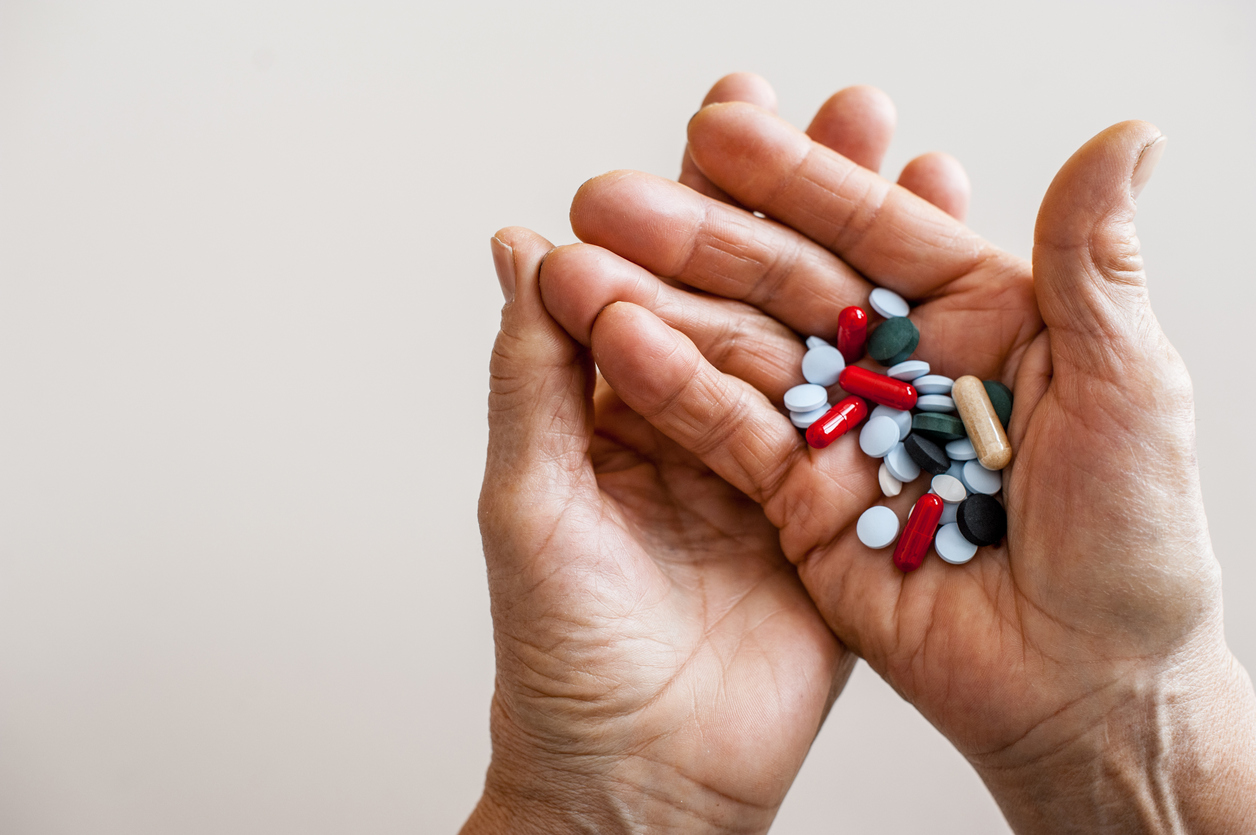Prescription drugs accounted for 17 percent of total U.S. health care spending — or about $457 billion — in 2015. And that share is expected to rise over the next decade as drug costs outpace those of all other health care services. Escalating drug costs have had a significant impact on consumers’ wallets. More than one in four Americans now report difficulties paying for the drugs they need.
For individuals who purchase health insurance, or who have group coverage from their employer, prescription drugs account for the largest share of their total premium expense — 22.1 percent on average, according to the health insurance industry.
Prescription drugs are often by far the largest out-of-pocket health expenditure for people who rely on them for daily treatment, especially for those with chronic conditions such as rheumatoid arthritis, multiple sclerosis, or cancer. An increasing number of pharmaceutical interventions target small numbers of these patients at very high costs. Many such therapeutics carry price tags above $100,000 annually.
The skyrocketing cost of drugs has prompted a number of policy proposals at both the state and federal level. Many proposals aim either to bring down the amount we pay for drugs or to insulate consumers from their actual costs. Some proposed solutions are new: Maryland adopted an anti-price-gouging law for generics for which there is one manufacturer, while voters in California rejected a ballot measure that would have pegged the price paid for pharmaceuticals to the one paid by the U.S. Department of Veterans Affairs. Others are not so new: importing drugs from abroad has resurfaced as a potential tool for combating the high prices for drugs with little U.S. competition, and state legislators and members of Congress have introduced bills requiring payors to pick up more of their cost.

Reasons for high prescription drug prices are complex, and so are the potential policy solutions. Recently, The Commonwealth Fund launched a pharmaceutical spending initiative to support research and analysis that informs efforts to lower growth in overall spending on prescription drugs and make drugs more affordable to consumers. One project cosponsored with Memorial Sloan Kettering’s Drug Pricing Lab is producing 12 short “explainers” of fundamental but complex aspects of U.S. drug pricing published in Health Affairs from July through September. They will later be accompanied by several articles providing options for specific problems that have led to higher prices.
Another project, jointly funded with the Laura and John Arnold Foundation, culminated in a report by former Congressman Henry Waxman describing the root causes of high U.S. drug prices. Together with Senator Orin Hatch, Waxman authored the last major reform of U.S. pharmaceutical law — the Hatch-Waxman Act — which in 1984 extended patent protection for branded drugs and created a viable market for generic drugs. Congressman Waxman’s report takes the additional step of putting forth a framework for more reasonable drug costs. Waxman argues that prescription drug prices over the past decade reflect a distortion of the original balance Congress intended between pharmaceutical innovation and price competition. He proposes three goals: rebalancing incentives for innovation and pathways for price competition, so that manufacturers and patients both benefit from pharmaceutical market laws and regulations; prioritizing patient access and affordability; and better utilizing the available information on clinical value, comparative effectiveness, and pricing.
Both projects reflect a basic premise of our initiative: that the U.S. pharmaceutical market is far too expensive and opaque, and that making it less so is a critical first step in developing better policy to combat rising costs. Policymakers need unbiased information and insight into what drives pharmaceutical prices and spending so they can develop feasible, effective policy solutions. We intend to invest in research and analysis that will help policymakers realize this goal.


